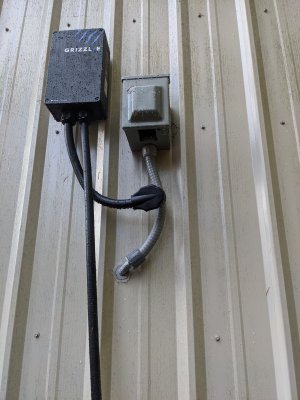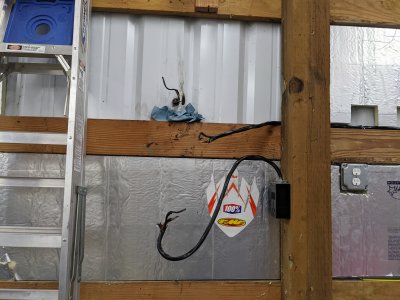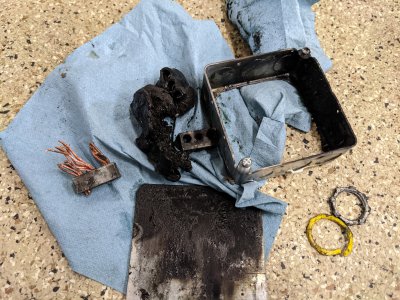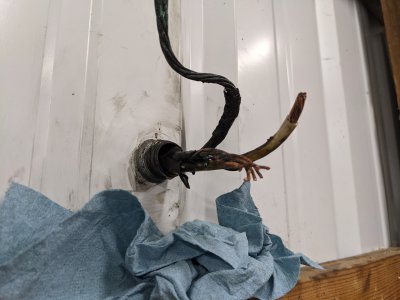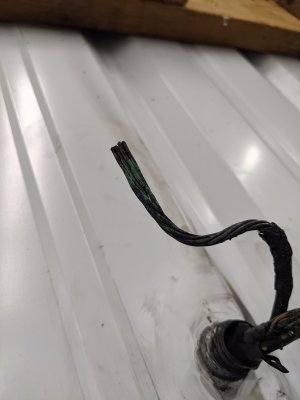- Joined
- Apr 29, 2019
- Messages
- 2,056
There is a big difference between weather proof and weather resistant. I will bet that many of the people that write these ads do not even know the difference as well as a lot of people buying the item.
It is only a lie if you know it to be untrue when you state it. This could just be lack of knowledge.
As for your Polaris connections. since you are using the smallest possible wire in them (They are rated for 3/0-6 AWG.) you have to make extra effort to be sure that the screw is actually getting a good bite on the full dia of the wire. there is room to get the wire a bit off center and not be connecting to all the strands. Missing some strands will make a hot spot. They do make a smaller one that is for 1/0-14 AWG or even better the one that is for 4-14 AWG.
It is only a lie if you know it to be untrue when you state it. This could just be lack of knowledge.
As for your Polaris connections. since you are using the smallest possible wire in them (They are rated for 3/0-6 AWG.) you have to make extra effort to be sure that the screw is actually getting a good bite on the full dia of the wire. there is room to get the wire a bit off center and not be connecting to all the strands. Missing some strands will make a hot spot. They do make a smaller one that is for 1/0-14 AWG or even better the one that is for 4-14 AWG.


